#apologies I overuse the word subversion
Text
Pretty in pink: Kazuki K & subversion (an homage)
Note: For Kazukiweek 2023: Acceptance
Pink is fresh. It is a happy color. It is positive. It is a sign of good health. That says a lot about Kazuki Kurusu. He has a bubbly personality, his optimism is brimming, especially after the seventh episode. It sure helps that Rei and Miri have become his ethos, have accepted to welcome the changes after five years of losing Yuzu. Usually, he wears his emotions on his sleeve. (But I think that’s only a front.) I love him. Right to the 11th episode, he has totally embraced the new life he’s been leading with Rei and Miri. The fact that he wanted it all along but was apprehensive because of his traumatic experiences made him cautious of the way he dealt with Rei and Miri. Rei’s determination on the second balcony scene was the catalyst because he knew how much K wanted it.
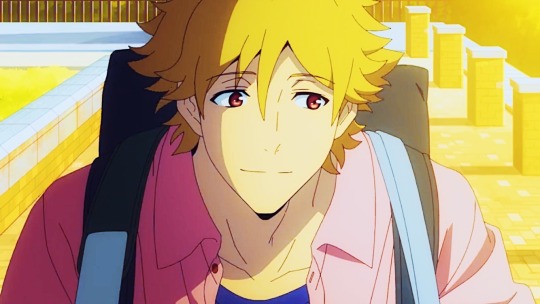
That fond looks K gives toward his family.
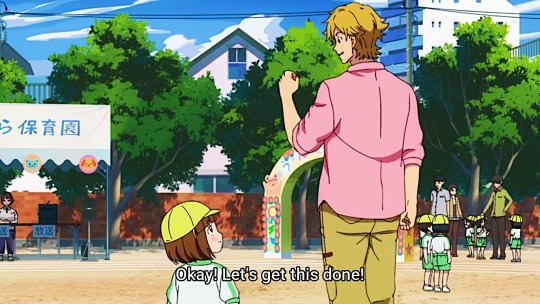
In the West, we are past that era where men cannot subvert pink’s gendered stereotype. You see men wear pink dress shirts, pink suits and other piece of clothing and they look spectacularly good. It is still a test of bravery for some though. Small boys still despise this color perceiving it as a girly stuff. New mothers try to veer their daughters away from this color by consciously not purchasing and introducing pink-coloured merchandise to their daughters’ color palette only to be disappointed because of peer pressure in the kindergartens. You know Elsa and Anna and the beautiful ladies of Disney and their association with pink? Too common, too banal.
However, “in contemporary Japanese culture, says (Barbara) Nemitz, pink is perceived as a masculine and mournful color that represents ‘young warriors who fall in battle while in the full bloom of life.’” Slain young samurai. All right. (Thanks to PA Works, it didn’t come to that though.)

It is also the color of sakura, cherry blossoms, which are the Japanese’s favourite flower. They do picnics just enjoying and gazing at the beauty of cherry blossoms (and later, peach blossoms). The Hanami. Some Japanese migrants adapted this ritual/event to their host countries and it is a sight to behold.

Different shades/nuances of pink worn by K and the moms
Pink has long been associated with homosexuality. The pink triangle. The lgbtq movement reclaimed the former badge of shame used by the Nazis incorporating it into the pride flag later. Though almost 70 per cent of the Japanese society supports it, it still is a huge problem to come out.
While there are no legal implications, coming out remains taboo for many in Japan for fear of being ostracized. A survey of young LGBTQ people published last year found high levels of mental anguish, including suicidal thoughts. More than 90% said they couldn’t talk about their sexuality with their guardians. Very few people in national politics or the corporate world are openly gay, although homosexual themes and LGBTQ celebrities are a staple of television and other forms of entertainment.
“Buddy Daddies” is not marketed as BL, but the show makers can write whatever about their characters. Sometimes implying them without direct confirmation. It depends how the viewers interpret it.
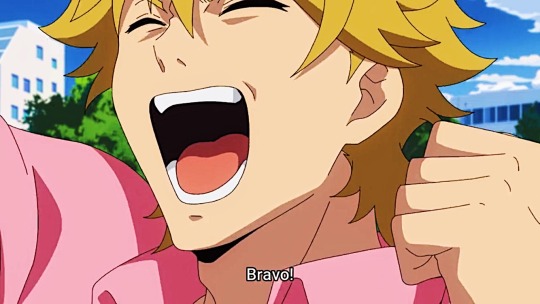
But K also symbolizes subversion. K’s characterization nonetheless goes against of what is perceived to be the norm in the Japanese society. He is both a nurturer and a protector, though Rei certainly will take over this “protector/saviour” task without any question. From the looks of it, he’d do anything for K and Miri.

Rei always in front to gauge the danger
An odd man out, K does the household chores while he can carry an adult man without any problem. We have seen him does it more than twice already. He’s loud and conspicuous. In Japan, you must never stand out. (<< - Shogo’s videos are highly recommended to watch btw!) He (and Rei) (go) goes against the rules. They blur the gender stereotyping in all aspects of life.
The crew presented the scenarios as if they were a matter of fact, normal, without making fun or light of it. No further commentary. One can say that it is subversive in a sense they want the audience to become aware of their thoughts on adoption, new family dynamics, the bureaucratic hurdles of enrolling your children and better access to daycare centres/schools to the ever-present mothers who have to give up their jobs and dedicate their lives to their kids, etc.
(It was unfortunate that they didn’t follow it up with Misaki Unasaka.)
Why do I get this feeling that one way or another “Buddy Daddies” had been the show makers’ thinly veiled social commentary on their society?
Anyway, I will miss his winking. Either way, I can still rewatch it.
Many happy returns, K!
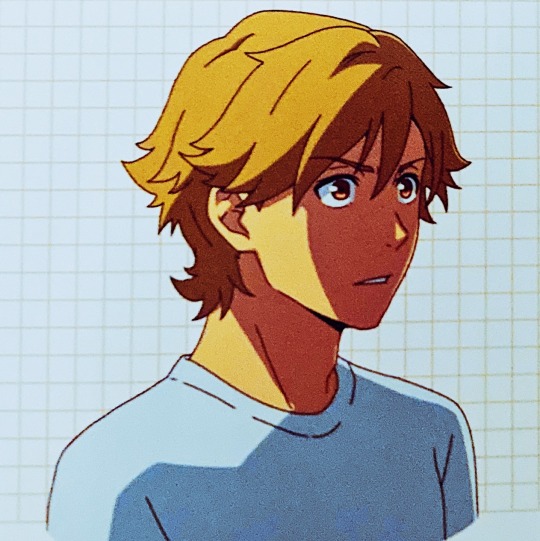

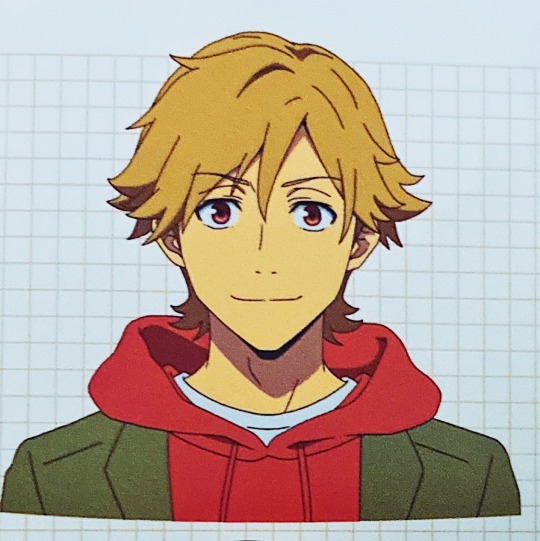
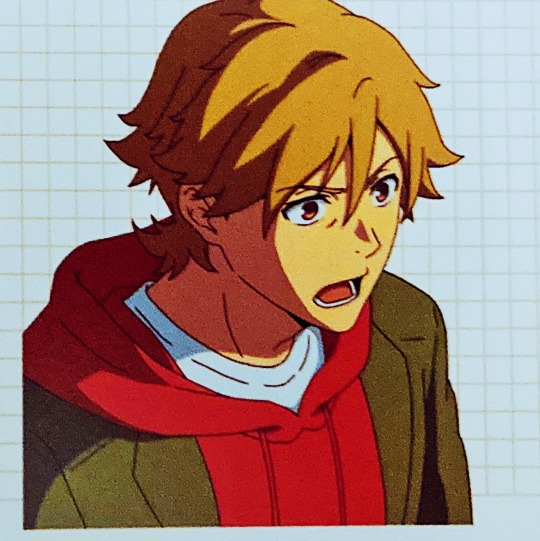
#buddy daddies#buddy daddies anime#kazuki kurusu#buddy daddies wall of text#rei suwa#miri unasaka#kazurei#i could write an essay about K#and his love for the color pink#he’s not afraid of his masculinity#episode 9: no sweet without sweat#i salute all men who wear pink#and they look good on them tbh#apologies I overuse the word subversion#a birthday homage to K#happy birthday k#kazukiweek2023
87 notes
·
View notes